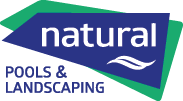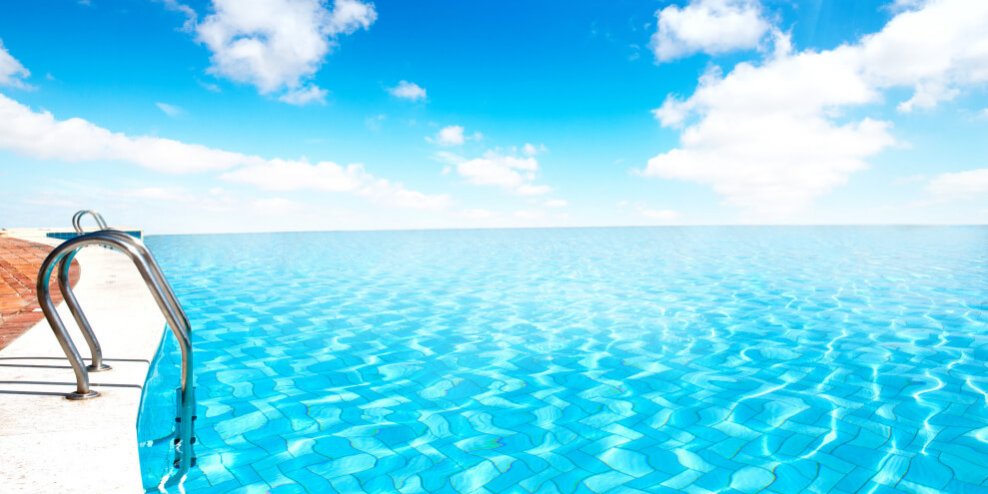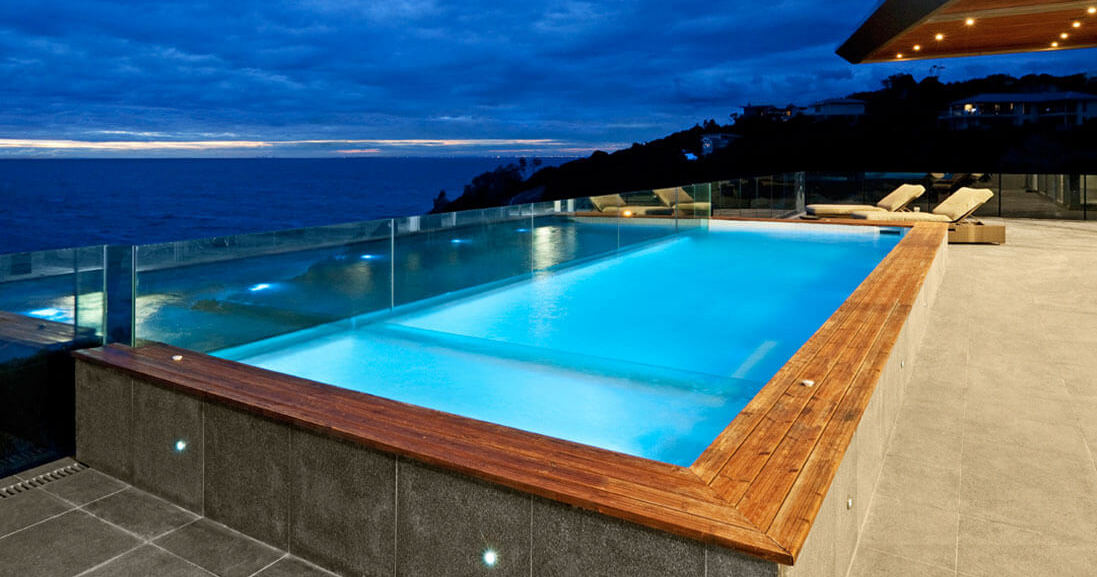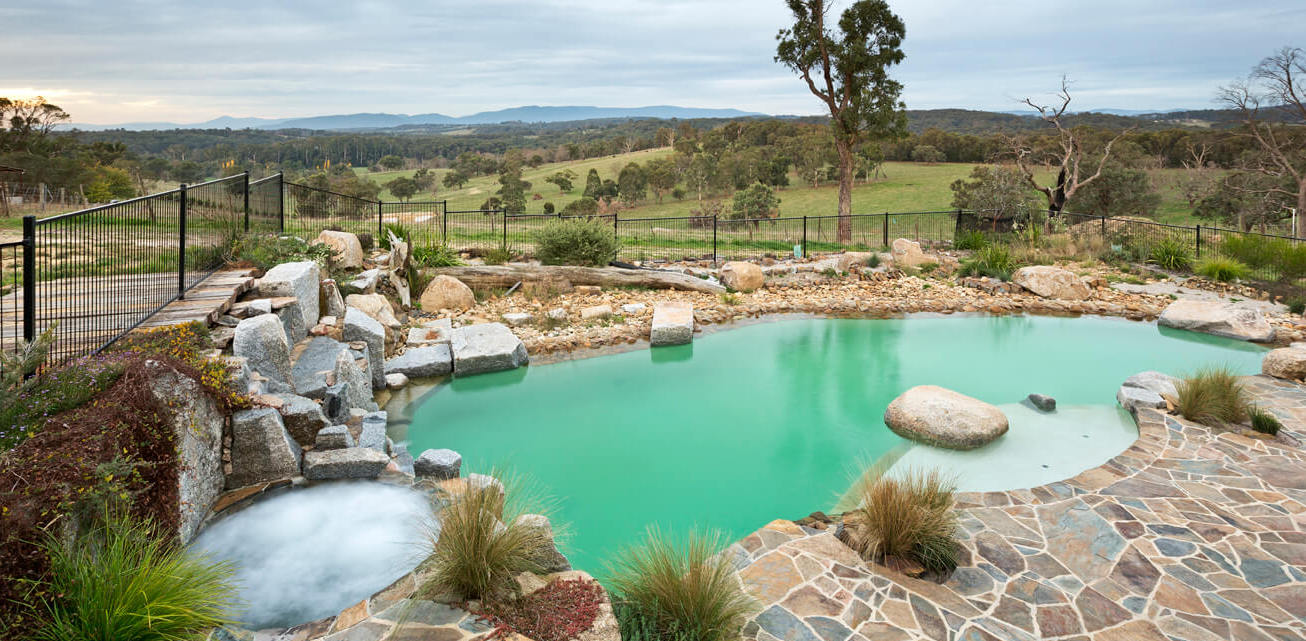Summer has just about started, and you and your family are dying to take a dip in a pool. Sadly, though, you all still need to pack your swimwear and head to the nearest beach or hotel pool to get the refreshing treat you all want so badly. So, why not get your own pool built at home?
It would be a major expense, sure. But think of all the family water fun you’ll enjoy. Imagine bonding with friends and having poolside chats, or having pool parties in the safety of your own property. Besides, having a pool can also enhance the value of your home. Perhaps it’s time to go for it.
All you need to do now is to decide on what type of pool you want and find the best pool builder in Moorabbin for your swimming pool project. You can’t have anyone other than the best because building a pool requires substantial investments in terms of time, resources, and energy.
To help you make the right decisions for your swimming pool project, be sure to consider these things first.
1. Know the kind of pool you want
Start with a plan. However, you can only begin planning after identifying the type of pool you want. Look at your backyard or the area you’ve selected for your pool project. Will the type of pool that you want fit into it seamlessly? Will it complement the remainder of your property’s layout or look like it belongs to the landscape?
The kind of pool you want will also determine the materials to be used. These will have a significant impact on the funding you need to fulfil your swimming pool project. What you can do now is to choose from among the different types of pools.
Types of pools based on the material
There are pool classifications based on the material used for building the pool. They are as follows:
Concrete swimming pools
Concrete pools are completely customised swimming pool solutions. A concrete pool can be done in whatever design you want and installed virtually anywhere. Since it is customised, you can choose its size, shape, and depth. You can also add features such as steps, beach entries, vanishing edges, rockeries and more. For finishing, material options include natural pebble, epoxy resin paints, coloured quartz, ceramic tiles, vinyl lining, and a range of other surfaces.
Fibreglass composite swimming pools
Quick and easy to install, fibreglass composite pools come in different styles, shapes, sizes, colours, and finishes. They are perfect for hard-to-reach areas. Some fibreglass pools can also be built with water features, in-built spa pools or an in-floor cleaning system.
Above-ground swimming pools
From the name itself, above-ground swimming pools don’t require digging or excavation so they are a reasonably-priced alternative. They can be made of fibreglass composites or vinyl-lined. They also come in various styles and colours. They are easy and quick to install since they are prefabricated. You can also easily take your pool with you during home relocation.
Vinyl-liner pools
Vinyl-liner pools are another cost-effective option that is also popular. They are actually the least expensive type of in-ground pool. The swimming pool vinyl lining is usually customised to suit the size and shape of the pool. Modern vinyl-liner pools can have walls done in concrete, plastic or steel.
Types of pools based on design and style
When it comes to pool design and style, there are more options to choose from. Take a look at the list below:
Above-ground pools
Considered a reasonable alternative to the more expensive in-ground pool types, above-ground pools do not require digging or excavation so they cost less to build. They are portable, easy to install and come in a range of materials and colours. If there’s sufficient space, you can build a deck to match your above-ground pool.
Architectural pools
Designed to give off a sophisticated vibe, architectural pools are structured, with clean, defined lines. Usually, architectural pools are custom-built using the same materials and reflecting the look of the house they belong to. They typically require a substantial amount of space to build and are expensive to make.
Family recreational pools
These scaled-down versions of water parks are designed for maximum family fun. They usually include elaborate slides, tunnels, caves, boulders, and water features. Since they are designed to be enjoyed by young and old alike, they are not as deep as regular pools. They are great for poolside entertaining. Of course, their size and added elements make them rather expensive to build.
Indoor pools
As the name suggests, indoor swimming pools are located indoors, housed under a roof, and insulated on at least three sides. Often consisting of simple, geometric shapes, indoor pools are usually built for regular swimming activities or indoor training during the cold weather season. Since they are located indoors, these pools are easier to keep warm, unlike outdoor pools that are exposed to the elements.
Infinity pools
These pools are called by many names: negative edge, zero edge, disappearing edge, infinity edge pools, or vanishing edge pools. These are always tailor-made and designed to highlight a unique or spectacular view. A well-built infinity pool gives the impression of a sheet of water falling off over the edge of the property, just like a waterfall. They are expensive to make and are among the higher end types of pools.
Kiddie pools
Probably the most affordable pool variety, kiddie pools are essentially inflatables you can set up anywhere there is sufficient space for them. They are usually made of PVC, and are easy to deflate, store, and relocate.
Lap pools
Lap pools tend to be long and narrow (usually above 15 metres or 50 feet) since they are built for health and fitness purposes. And because of their long rectangular shape, they are appropriate for long, narrow lots.
Natural pools
Also known as swimming ponds, natural swimming pools are a combination of a water garden and a swimming pool section. They have a self-cleaning feature and are usually lined with reinforced polyethylene or rubber. Natural pools can be architectural (sleek and elegant), rustic (with boulders and waterfalls), or done in free form. They are considered to be eco-friendly and require minimal maintenance. And while the initial investment is comparable to the cost of building a regular pool, material expenses can quickly add up depending on the pool design, size, and added elements.
Olympic-sized pools
Obviously, not everyone would want (or need) to have an Olympic-sized pool built at home. This is why they are not so common. Aside from requiring a large amount of space (approximately 50 metres or 164 feet in length, 25 metres or 82 feet in width, and 2 metres or 6 feet in depth), they are also expensive to build. So usually, only athletes and avid swimming enthusiasts with the funds to match have these types of pools built at home.
Plunge pools
Having been extensively used in Ancient Chinese medicine, and popular among the Ancient Romans, plunge pools today are still used for their therapeutic benefits. They are actually small, cold-water pools that athletes and swimmers enjoy plunging into after a sauna or spa session, or an intense workout. They are either attached to a larger in-ground pool or set separately. And although they look similar to a spa, one quick dip with your toes will tell they are the exact opposite.
Saltwater pools
These pool types first became popular in Australia and New Zealand before spreading to other continents. Technically speaking, saltwater pools are not a pool design or style. A regular pool can be turned into a saltwater pool simply by adding a saltwater chlorinator or generator to it. The chlorinator can also in-built during pool construction. What has made saltwater pools popular is that, aside from being lower maintenance, they have lower chlorine levels. As a result, the water is milder, safer, and gentle on the eyes and skin.
Spool pools
The term ‘spool’ is a portmanteau of the words pool and spa. Spools usually measure 3 to 4.87 metres long and 1.82 to 2.43 metres wide. They are at least twice the length of the average spa but are a lot smaller than the typical in-ground swimming pool. These are especially appropriate for smaller lots where a larger pool won’t fit. Because of their size, they obviously cost much less to build. They are great for soaking, cooling off on hot days, and entertaining in close quarters.
2. Look for possible pool builders
Once you’re done choosing the type of pool you like, and one that is appropriate to the dimension and terrain of your property, the next step is finding a reputable pool company you can trust in the Melbourne area. By this time, you may have already come up with a reasonable budget as well.
But how do you find the best pool company? And, how do you know you’re going to pick the best pool builder?
You can always get referrals from friends, family, and people you know who have pools and of course check for prospects online. Whichever route you take, make sure to check their company website, project gallery, and available online reviews about their service, output quality, and performance.
Make a list of your prospects, including their contact details. If possible, give them a call or send an email, and ask for their best, detailed quote. Based on their reputation, length of experience, and quote, you may want to select the top three pool builders in Melbourne from your list.
You may want to meet with your top three contenders to have an in-depth conversation about your pool project.
What are the questions you should ask during your meeting:
- Have you previously handled pool projects of this scale?
- How do you balance or divide your attention among different projects?
- Do you simultaneously oversee different projects at any given time?
- How long have you been in the pool building business?
- Do you offer workers’ compensation and liability insurance?
- Are you certified to build swimming pools?
- How long have you been working with the subcontractors you’re using?
- Do you have insurance?
- Who takes care of obtaining the required permits?
- Does your offer include a warranty for the work you do?
- Are you willing to give customer references?
- Did you get permission from these referees for prospective clients to contact them?
- What was the most difficult pool project you handled?
- Will I have a point of contact in the team while pool construction is ongoing?
- On average, how long does a pool project take from excavation to completion?
- How long will it take for you to build the pool that I want?
- Why should I choose you over other pool contractors?
If you can, try to have a quick chat with the previous clients of the pool builder you are seriously considering for the job. Can’t meet them personally? At least make a phone call to clarify essential details. You will want to know about the quality of the work, duration of service delivery (if there were any project delays), customer service, and budgetary concerns.
3. Start the project with your selected builder
When you’ve done your homework, selected a design or pool type, set a budget, and got the best pool company on your side, you can finally start getting your fantasy pool built.
Prior to contract signing, be sure to read the fine print. Discuss all the details of the contract, and agree on everything, especially crucial information such as the budget, materials, persons in-charge, delivery timelines, insurance, permits, and payments.
Ready, set, plunge!
When you put your project in capable hands, you can be certain that once your dream swimming pool is built, the investment was well worth it. And you can count on spending many years of family fun in your private pool.
Are you currently planning to have your home pool constructed?
We’re a trusted and experienced builder of high-quality residential and commercial concrete pools and spas in Moorabbin. Get in touch with us and talk to us about how we can help you build the pool of your dreams wherever you are located in Melbourne.










